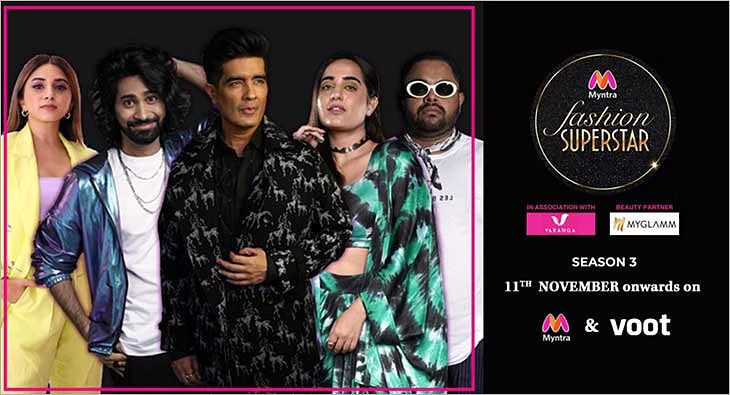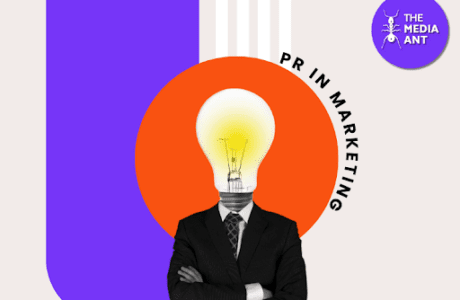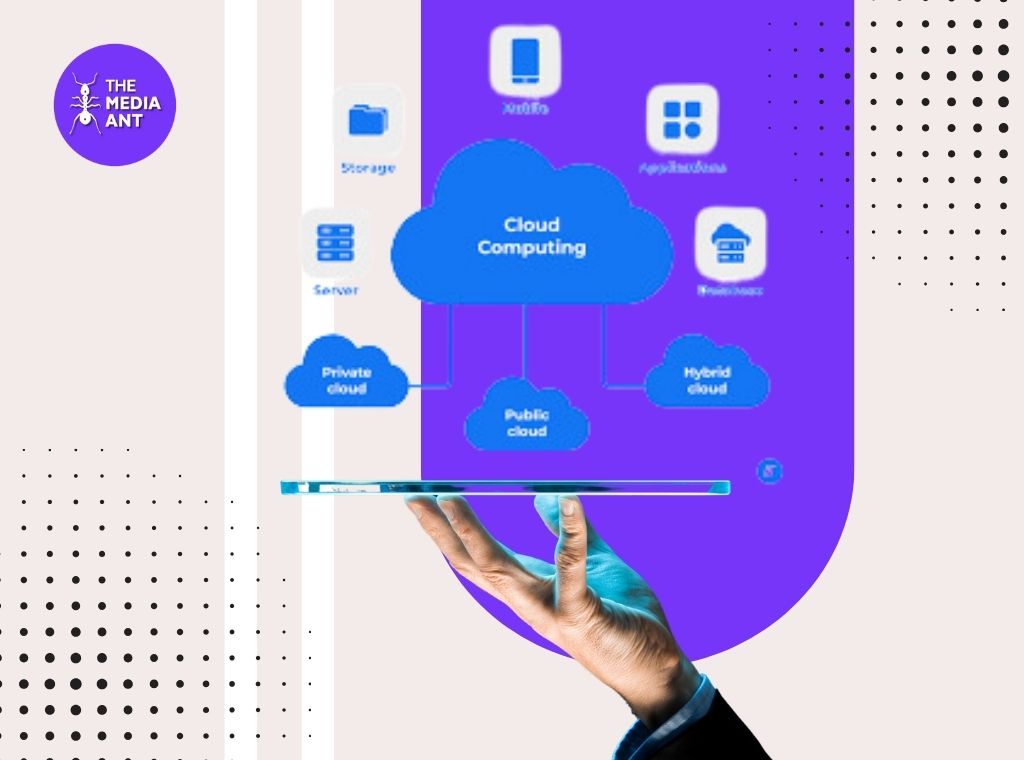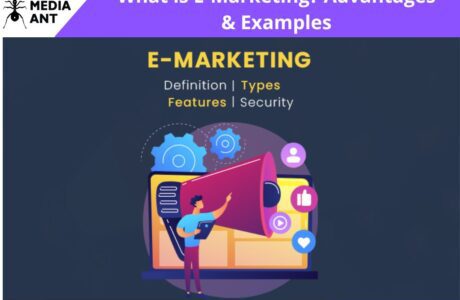Journey into the dynamic mosaic of Indian fashion influencer marketing, where custom thrives alongside trailblazing and cultural inspirations merge with digital innovation. The landscape is evolving constantly, and brands dance with the music of social media that joins forces with influencers who are not only fashion-makers but narratives. These international fashion influencers hail from the vibrant streets of Mumbai to some dreamy backdrops of the Himalayas and they breathe life into their country India, in a global conversation on fashions. This handbook takes you on a voyage to discover finesse, tactics, and game changers creating trends in fashion marketing of India.
What is Fashion Influencer Marketing?
The key to fashion influencer marketing is utilizing the influence and outreach that successful influencers can bring and for using them to market products or brands related to fashion. This means collaboration with influencers that have large audiences. They choose their respective platforms to promote fashion products with the aim of increasing visibility and boosting sales.
In this kind of advertising, the influencers have already gained enough trust from their audience while an endorsement is a better tool in promotion compared to traditional advertising means. This opens up a more genuine and direct connection to the target market, which can result in trendsetting behavior that influences purchasing decisions by consumers within fashion.
Innovative Strategies for Fashion Brands

Several creative strategies can enhance brand visibility and engagement in influencer marketing:
Influencer-Hosted Events or Live Streams:
- This involves influencers hosting live events like fashion shows, product launches, or Q&A sessions. These events offer direct interaction with the audience, fostering a sense of community and engagement.
- For instance, an influencer might host a live stream on Instagram, showcasing the latest collection of a fashion brand, answering questions, and engaging with the audience in real-time.
Multimedia Product Promotions:
- Influencers use various digital formats like Instagram Reels, YouTube Shorts, or TikTok videos to showcase fashion products creatively.
- This approach has been seen in campaigns where influencers use their unique style and creativity to present products in a way that resonates with their followers.
- They might create themed videos, style guides, or how-to tutorials featuring the products.
Exclusive Discounts and Giveaways:
- Influencers can promote special discount codes exclusive to their followers or host giveaways in collaboration with fashion brands.
- This strategy not only drives sales but also enhances customer engagement and loyalty. For example, an influencer might announce a giveaway of a popular fashion item, where followers participate by engaging with the brand’s social media, thereby increasing the brand’s visibility.
Social Media Account Takeovers:
- This involves influencers taking over a brand’s social media account for a specified period, often a day, and posting content from their perspective. This gives the brand’s social media a fresh and engaging twist, allowing followers to see the brand through the eyes of their favorite influencer.
- During these takeovers, influencers might share behind-the-scenes content, their favorite products, or their personal experiences with the brand.
Affiliate Links for Sales Growth:
- Influencers promote products using affiliate links, which provides them a commission on sales generated through their promotion.
- This strategy benefits both the influencer and the brand, as it motivates the influencer to effectively promote the brand and drives sales through their recommendations.
Strategic Influencer Selection and Relationship Building

- Use advanced analytics tools to learn about your target audience demographics, interests, and interaction patterns. This allows you to establish a good relationship with your target market.
- Apart from audience metrics, influencers can also be evaluated in terms of social media. Their style, values , and content should align with your brand image and values. This integration is essential for authentic messaging.
- Think of stakeholders as true partners, not just another business. Communicate regularly, provide your brand with unique insights, and give them creative freedom. This creates a sense of ownership and interest in your brand, which is evident in its content.
- Establish performance metrics and treat incentives as incentives. This empowers stakeholders to create content that encourages engagement and change.
Innovative and Immersive Campaign Design
- Create activities that tell a story or revolve around an interesting topic. This could include a focus on sustainability in fashion, or it could be a collection that extends from design to runway. Such explanations are meaningful and memorable.
- Use a combination of new technologies such as photography, video, blogging, and augmented reality (AR) to create a more immersive experience. For example, influencers can use AR filters to show how different outfits would look in different places.
- Encourage influencers to create content that invites interaction. This can lead to contests, contests, or Q&A sessions that not only increase engagement but also provide insight into customer preferences.
Data-Driven Campaign Management and Optimization
- Effective management and continuous improvement of marketing campaigns is crucial to achieving return on investment.
- Use real-time tracking tools to monitor the performance of all influencers and content. This allows you to make quick adjustments based on what resonates with your target audience.
- Make sure you collect feedback from influencers and their audiences. Use this information to adjust the content of the campaign, from content to angle.
- Use with different content types, publish time and calls to action. Analyze which changes were most effective and use this information for future campaign planning.
Sustainable and Ethical Influencer Engagement
- Partner with influencers known for their commitment to sustainability. This may include campaigning around eco-friendly fashion collections or demonstrating leadership in the fashion industry.
- Empower stakeholders to reveal the nature of their interactions with your brand and maintain clarity with their audience. This not only complies with advertising regulations, but also gains the trust of customers.
- Make sure your advertising plans are integrated. Work with influencers from different cultures to ensure content represents different cultures, body types, and styles.
Long-Term Influencer Relationships and Community Building
- Instead of an event, consider creating a long-term ambassador program with key influencers. This creates a strong and deep connection between the influencer, their audience, and your target audience.
- Invite stakeholders to special events, announcements or create limited editions with them. Ideas like these allow potential stakeholders to connect to your brand and provide unique content.
- Influencers are encouraged to encourage their followers to create their own content, such as creating their own products. Teach users to create content on your platform to support the community and spread the impact of your event.
Advantages of Fashion Influencer Advertising Campaigns

Due to the rise of fashion influencer campaigns, we can witness rapid changes in landscape of Indian Fashion industry which provides different advantages for both parties’ brands and consumers. There are a number of factors that contributed to the increasing impact these campaigns have.
- First of all, the adoption and internet penetration in India have led to the spread of influencing contents. This has been most prevalent in the younger people, who see social media platforms as an important part of their daily activities. As a result, brands may participate in the everyday routine of young consumers on platforms that are already accessible to them. For influencers of fashion, by gaining the trust and honesty gained through blogs can have a big effect on what Indian consumers buy.
- The presence of fashion influencers has influenced consumer behavior especially in areas where fast fashions are concerned. They have contributed significantly to the development of cheap, fashionable clothes that are preferred once and then discarded leading to a culture of fast or throwaway clothing.
- They have also helped in shifting consumer behavior towards sustainable and ethical fashion thus raising awareness on the social and environmental impact of fast fashions as well as supporting brands that focus on sustainability ethically produced goods.
- Social media sites like Instagram and YouTube have given influencers the ability to amass huge fan bases, allowing them powerful platforms for showcasing their creativity as well talent. The potential of social media is now one to be utilized by fashion brands who treats it as an integral part of their marketing campaign.
- The terrain of fashion influencers is also being affected by the Generation Z, which was absorbed in social networking and believes more to generators than customary publicizing strategies. Interests in originality and sustainability are driving the growth of authentic influencers, who lead to a change that is used for ethical and sustainable principles.
Successful Fashion Influencer Advertising Campaign Examples
1) Strategic Influencer Selection
The effectiveness of a campaign begins with selecting influencers whose style, values, and audience align with the brand’s identity. For instance, Indian brand Sabyasachi effectively collaborates with influencers who embody luxury and traditional aesthetics, aligning with their brand ethos.
2) Authentic Content Creation

Authenticity is key in influencer marketing. Influencers should create content that naturally integrates the fashion products into their lifestyle. An example is how Myntra uses influencers to showcase everyday fashion, making it relatable to the audience.
3) Engagement Beyond Promotion
Successful campaigns often involve more than just product promotion; they create a story or an experience. A great example is how Lakmé leverages influencers for its Lakmé Fashion Week, offering behind-the-scenes glimpses and makeup tutorials, which goes beyond just showcasing products.
4) Multi-Platform Strategy
Utilizing various social media platforms is crucial. For instance, Nykaa uses a mix of Instagram for visual storytelling and YouTube for detailed product reviews and tutorials, effectively covering a broader audience.
5) Building Long-term Relationships
Establishing long-term partnerships with influencers can yield more authentic endorsements. This is evident in how brands like Flipkart have ongoing relationships with influencers for various campaigns, ensuring consistency in messaging and audience engagement.
6) Innovative and Creative Approaches
Creativity can significantly enhance a campaign’s impact. For example, Indian fashion retailer AJIO often uses unique storytelling and thematic campaigns, like their #DoubtIsOut campaign, which stood out for its creative approach to addressing fashion stereotypes.





